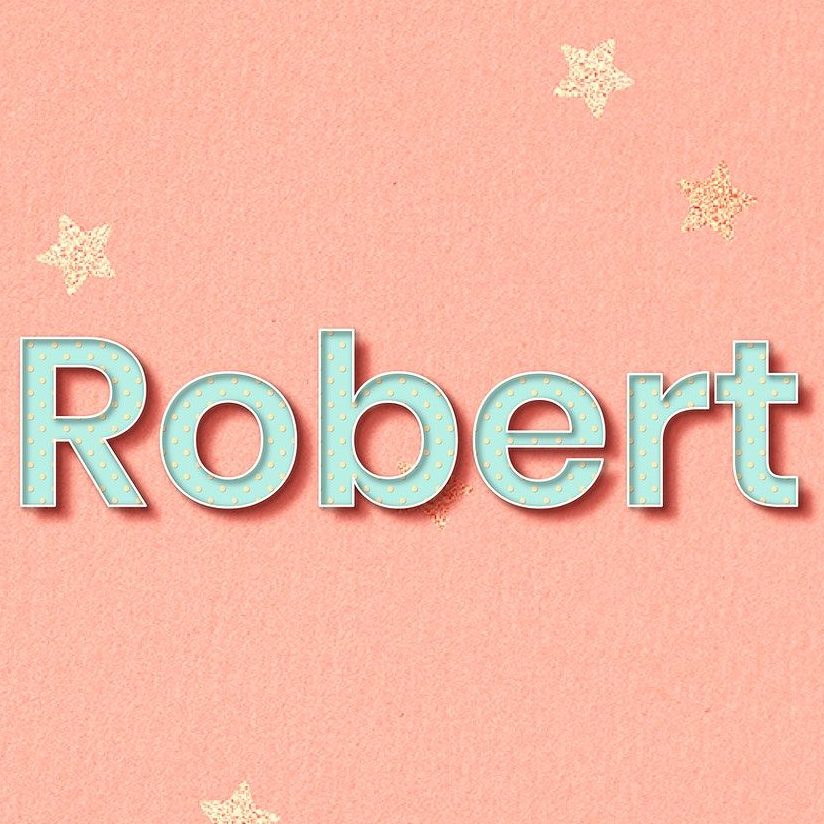Jeremy Hunt knows it. Rachel Reeves knows it too. The Office for National Statistics will come bearing good news on Wednesday when it releases the latest inflation figures. The only real question is just how good the news will be.
In the year to March, annual inflation as measured by the consumer prices index stood at 3.2%. The figure for April will be a lot lower and if Hunt gets lucky it might even fall as low as the government’s 2% target.
The sharp decline is mainly due to movements in electricity and gas prices. Domestic energy bills rose in April 2023 but have fallen by 12% this year for most households. The energy price cap was set at £1,690 last month compared with £2,500 a year earlier.
Base effects – in other words, what happened a year ago – coupled with cheaper heating and lighting this year means it is inevitable the inflation rate will tumble.
Hunt is a seasoned enough politician to avoid claiming total victory when the figures come out. The chancellor is aware that voters have seen prices rise by 20% in less than three years and may be unwilling to accept that the cost of living crisis is over.
And this is not “game over” by any means. The Bank of England expects less favourable base effects later this year to push the annual inflation rate back up to about 2.5% in the second half of 2024 – the period when the prime minister seems likely to call a general election.
But even with the additional caveat that prices are not actually falling but simply rising at a slower rate, the position is a lot more comfortable than it was for Hunt when he was appointed by Liz Truss to succeed Kwasi Kwarteng as chancellor in October 2022. In that month, inflation hit 11.1% – its highest level in four decades.
after newsletter promotion
Double-digit inflation conjured up unhappy memories of the mid-1970s, when inflation soared to a postwar high of more than 25% and eventually led to the need for a bailout from the International Monetary Fund – assistance that came with strings attached.
By coincidence, an IMF team has been in the UK for the past two weeks conducting its annual health check on the economy. Unlike in 1976, the fund will not be demanding unpopular spending cuts, and the findings of this so-called article IV consultation will prove helpful to Hunt if it finds that the UK is through the worst of the cost of living crisis. But the study may contain a sting in the tail if it also concludes that any further pre-election tax cuts will be followed by post-election tax increases or fresh austerity measures.
In the short term, though, the focus will be on what lower inflation means for interest rates. Having raised the official cost of borrowing at 14 successive meetings of its monetary policy committee between December 2021 and August 2023, Threadneedle Street has left rates unchanged since. The reason for that is that a majority of MPC members want to be sure that inflation has truly been beaten.
The focus is not the headline rate of inflation – which is influenced by the global prices of energy and food – but on inflation generated by the domestic economy. As a proxy for that, the MPC watches services-sector inflation, which is currently running at 6%. While the headline inflation number will be good on Wednesday, it will be the small print that really counts.
Susannah Streeter, head of money and markets at Hargreaves Lansdown, said: “If inflation hits the sweet spot, hopes will shoot higher that a rate cut will come in June. But it would be wise not to reach for the bunting and go splashing the celebratory cash even if the longed-for 2% target is reached.
“Bank of England policymakers have stressed that it will need confidence that inflation will consistently stay at or near the target before they start reducing borrowing costs.”

Robert Johnson is a UK-based business writer specializing in finance and entrepreneurship. With an eye for market trends and a keen interest in the corporate world, he offers readers valuable insights into business developments.







